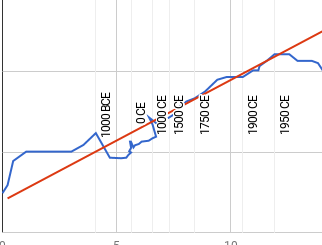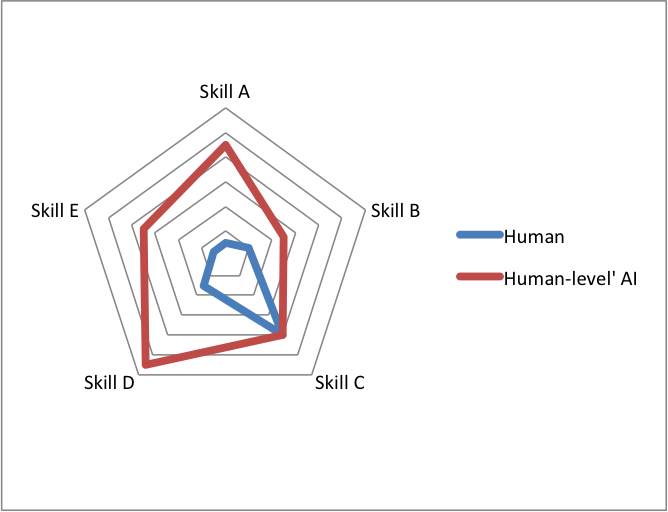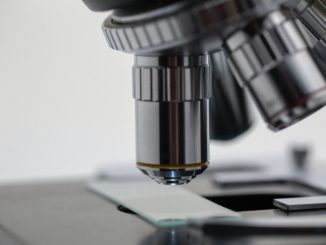This page describes a project that is in progress, and does not yet have results
We are comparing naturally evolved and engineered solutions to problems, to learn about regularities that might let us make inferences about artificial intelligence from what we know about naturally evolved intelligence.
Details
Motivation
Engineers and evolution have faced many similar design problems. For instance, the problem of designing an efficient flying machine. Another instance of a design problem that engineers and evolution have both worked on is designing intelligent machines. We hope that by looking at other instances of engineers and evolution working on similar problems, we will be able to learn more about how future AI systems will compare to evolved intelligences.
Methods
We will collect examples of optimization problems that engineers and evolution would perform better on if they could. Here are some candidate examples of such problems:
- Flying
- Hovering
- Swimming
- Running
- Traveling long distances
- Traveling quickly
- Jumping
- Balancing
- Height of structure
- Piercing
- Applying compressive force
- Striking
- Tensile strength
- Pumping blood
- Breathing
- Liver function
- Detecting light
- Recording light
- Producing light
- Detecting sound
- Recording sound
- Producing sound
- Heat insulation
- Determining chemical composition of a substance
- Detecting chemical composition in the air
- Adhesiveness
- Picking heavy things up
- Joint activation
- Elasticity
- Toxicity
- Extracting energy from sunlight
- Storing energy
We will then collect the best solutions we can readily find to these design problems, made by human engineers and by evolution respectively, and quantitative data on their performances. We will try to collect this over time, for engineered solutions.
Analysis
We will use the data to answer the following questions for different design problems:
- How long does it take engineers to half, match, double, triple, etc. the performance of evolution’s current best designs?
- What does the shape of engineers’ performance curve look like around the point where engineers’ solutions first match evolution’s?
- How efficient (in terms of performance per energy or mass used) are the first solutions that match evolution’s performance compared to evolution’s best solutions?
- How long does it take engineers to find a more efficient solution after finding an equally good solution in terms of absolute performance?
- From a design perspective, how similar are engineers’ first equally good solutions to evolution’s best solutions?
We will use patterns in the answers to these questions across technologies to make inferences about the answers for natural and artificial intelligence.
In general, the more similar the answers to these questions turn out to be across design problems, the more strongly we will expect the answers for problems addressed by future AI developments to fit the same patterns.
We expect to make the data publicly available, so that others can check our conclusions, investigate related questions, or use it in other investigations of technology and evolution.


